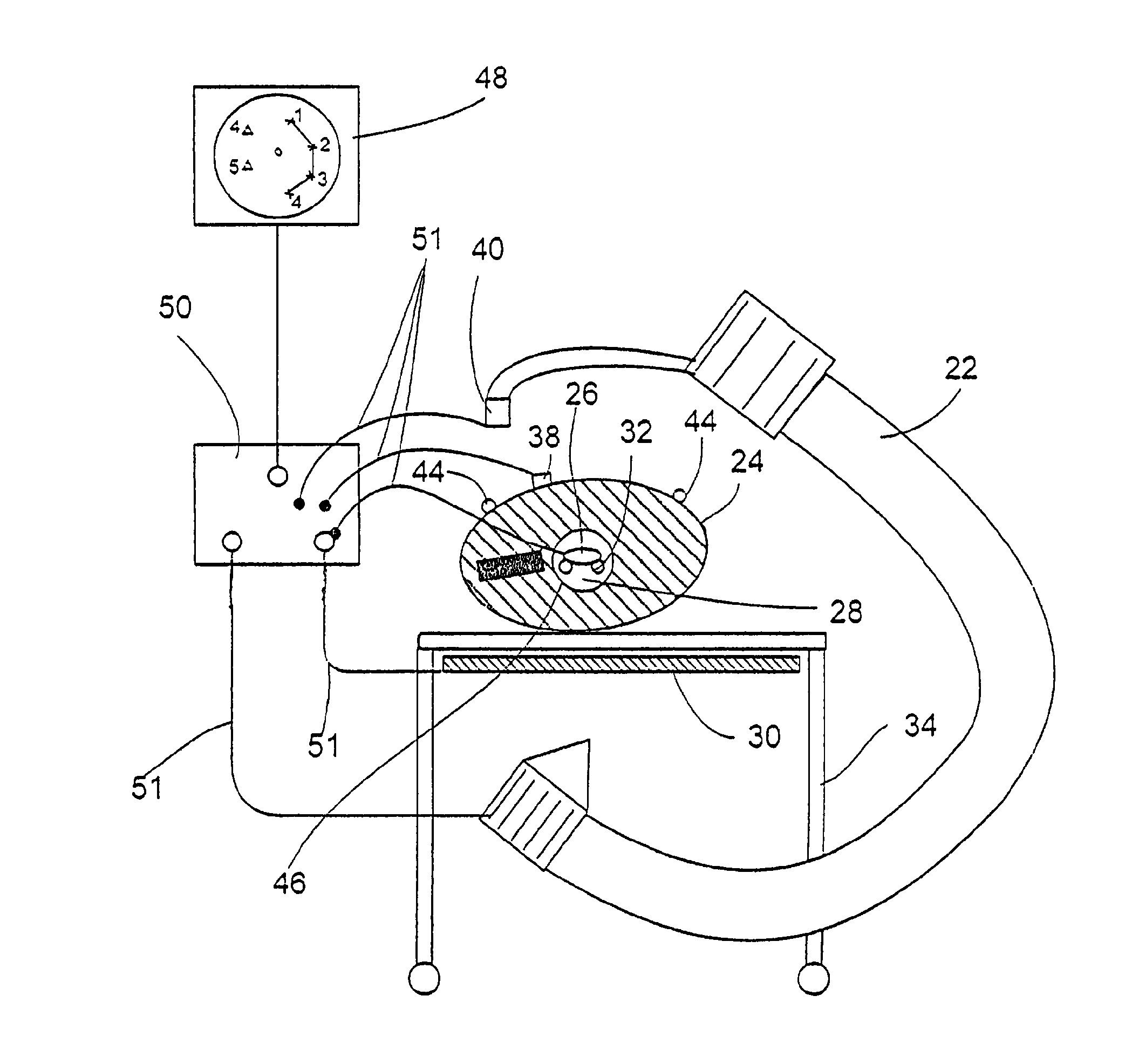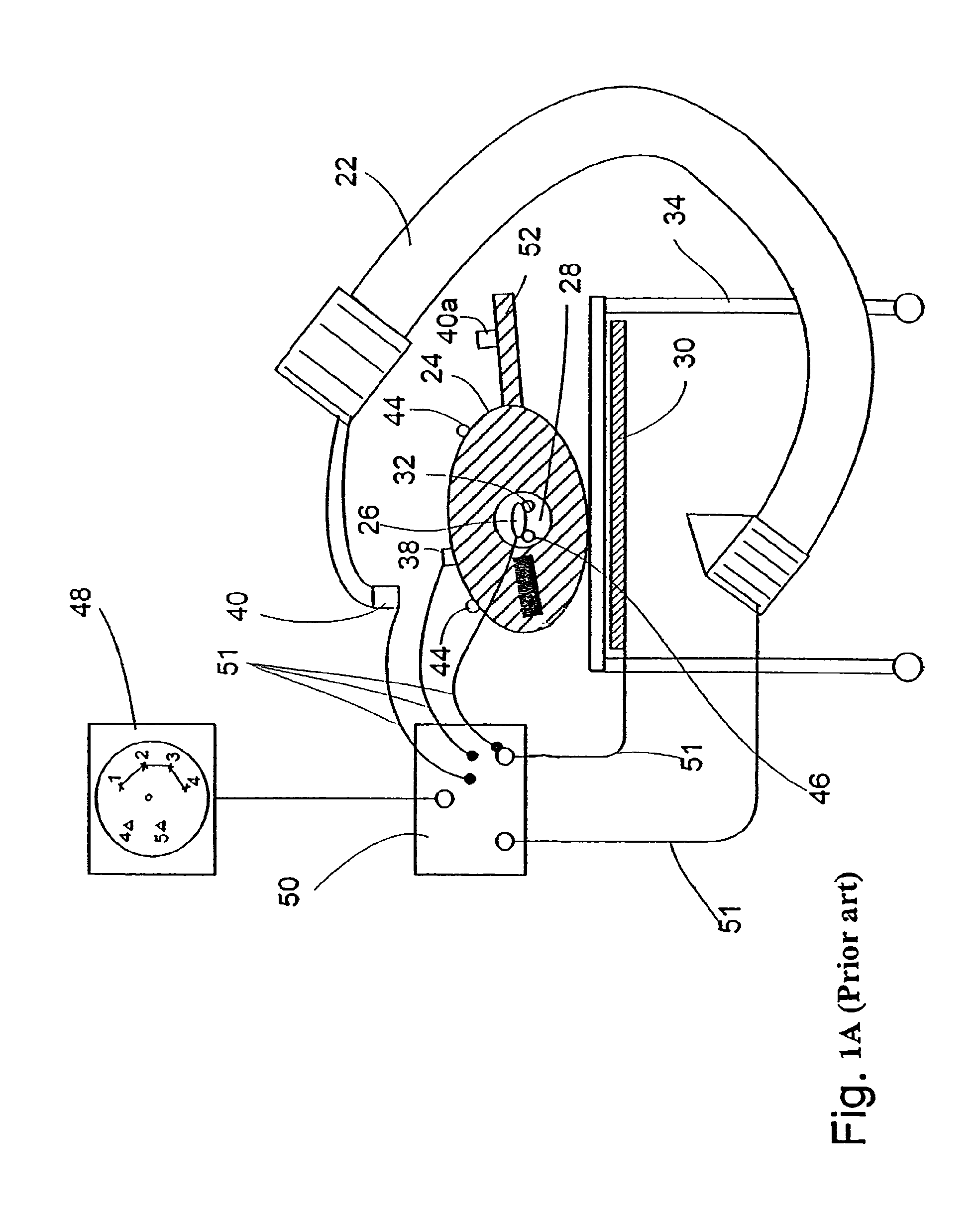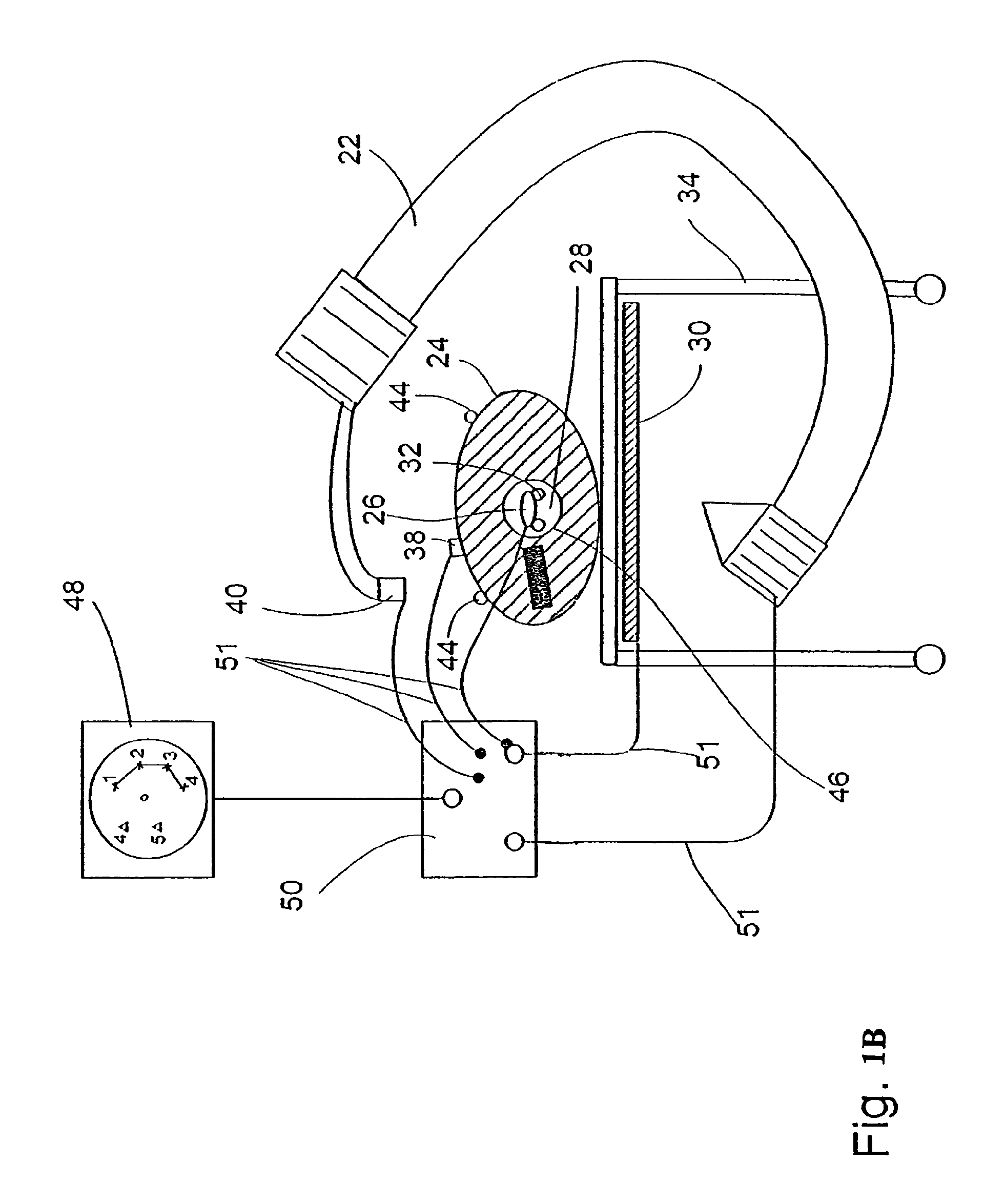Methods and systems for performing medical procedures with reference to determining estimated dispositions for actual dispositions of projective images to transform projective images into an image volume
a technology of projective images and estimated dispositions, applied in the field of medical procedures, can solve the problems of not being suitable for real-time imaging, requiring the use of two imaging modalities, and not being suitable for prior art methods, etc., and achieve the effect of minimizing differences
- Summary
- Abstract
- Description
- Claims
- Application Information
AI Technical Summary
Benefits of technology
Problems solved by technology
Method used
Image
Examples
Embodiment Construction
[0067]The present invention is of a method of performing invasive medical procedures with the help of a single imaging device, particularly with the help of a single projective imaging device such as a fluoroscope. Specifically, the present invention can be used to facilitate intrabody navigation of a probe in a medical procedure such as stent deployment in a coronary artery.
[0068]The principles and operation of invasive medical procedures according to the present invention may be better understood with reference to the drawings and the accompanying description.
[0069]The present invention is explained herein with reference to stent deployment in a coronary artery as an example of an invasive medical procedure. This example is merely illustrative, and should not be construed as limiting the scope of the present invention, which is applicable to any invasive medical procedure that requires intra-body navigation of a probe to a point-of-interest.
[0070]Referring again to the drawings, F...
PUM
 Login to View More
Login to View More Abstract
Description
Claims
Application Information
 Login to View More
Login to View More - R&D
- Intellectual Property
- Life Sciences
- Materials
- Tech Scout
- Unparalleled Data Quality
- Higher Quality Content
- 60% Fewer Hallucinations
Browse by: Latest US Patents, China's latest patents, Technical Efficacy Thesaurus, Application Domain, Technology Topic, Popular Technical Reports.
© 2025 PatSnap. All rights reserved.Legal|Privacy policy|Modern Slavery Act Transparency Statement|Sitemap|About US| Contact US: help@patsnap.com



